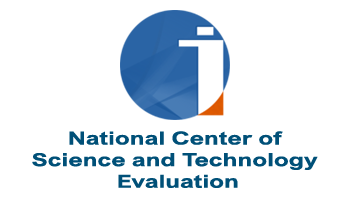Screening of domestic common bean cultivar for salt tolerance during in vitro cell cultivation
DOI:
https://doi.org/10.26577/ijbch-2019-1-i12Abstract
One of the principal limitations in application of cell and tissue culture techniques for improving crop plants resistance to adverse environmental stresses, such as high salinity, is insufficient knowledge of cellular and molecular-genetic basics of this type of tolerance. This approach will provide opportunity to identify new salt-tolerant cultivars, which arisen from somatic mutations increasing the pool of salttolerant breeding lines. It is well known that salinity causes sharp reduction in bean productivity and thus significant losses in quality and quantity of products derived from it. Choosing salt-tolerant plant genotypes for cultivation may solve this problem. The aim of this study is to trace tolerance and accompanying changes in lectin accumulation in calli of common bean (Phaseolus vulgaris L.) grown under the conditions of tissue culture. In our experiment, induction of certain common bean cultivars by in vitro cell cultures have been optimized. The most appropriate composition of the nutrient media for the induction of callusogenesis have been established together with the cultivars possessing high callus-forming ability. We have not observed strict correlation between callus-forming propensity and morphogenic calli generation. However, we noticed that under-passaging in selective conditions calli leads to gradual growth decline and browning, as well as slow growth and in some cases death of cell cultures. Nevertheless, we have identified common bean cultivars with average salt tolerance and high propensity to callusogenesis for use as a starting material for breeding. Differences in lectin content between morphogenic and non-morphogenic calli let us suggest that lectin content depends on hormonal composition of the nutrition medium since morphogenic type of callus was formed when the media contained NAA and low concentrations of 2,4-D. The cultivars used in this study have demonstrated moderate salt tolerance and high callusogenesis efficiency thus regarded as suitable material to breeding for salt tolerance.
Downloads
How to Cite
Issue
Section
License
ааа

















